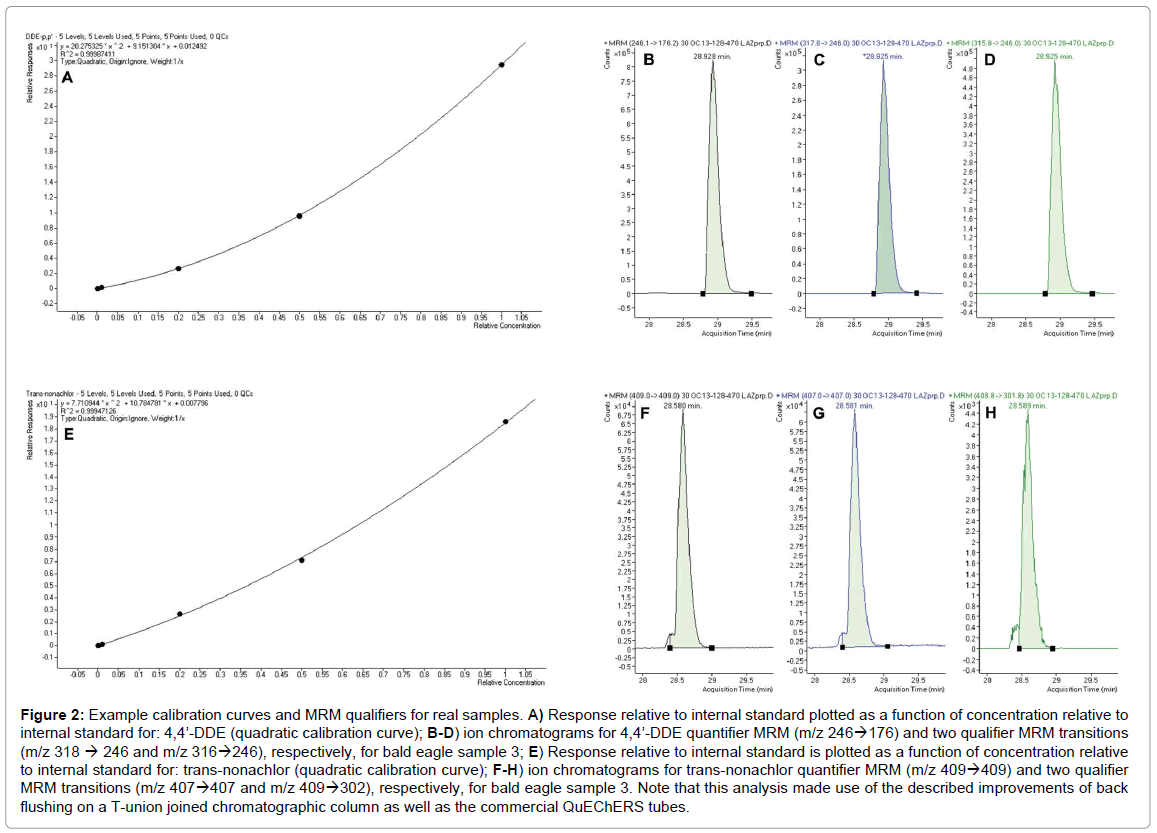

Usually 30 g of adsorbent and 60 mL of water are sufficient for five 20- × 20-cm plates. Mix 1 part of adsorbent with 2 parts of water (or in the ratio suggested by the supplier) by shaking vigorously for 30 seconds in a glass-stoppered conical flask, and transfer the slurry to the spreader. Position the spreader on the end plate opposite the raised end of the aligning tray. For two-dimensional thin-layer chromatography, the chromatographed plate is turned at a right angle and again chromatographed, usually in another chamber equilibrated with a different solvent system.Īrrange the plate or plates on the aligning tray, place a 5- × 20-cm plate adjacent to the front edge of the first square plate and another 5- × 20-cm plate adjacent to the rear edge of the last square, and secure all of the plates so that they will not slip during the application of the adsorbent. Quantitative measurements are possible by means of densitometry (absorbance or fluorescence measurements), or the spots may be carefully removed from the plate, followed by elution with a suitable solvent and spectrophotometric measurement. A visual comparison of the size or intensity of the spots or zones may serve for semiquantitative estimation. Presumptive identification can be effected by observation of spots or zones of identical R F value and about equal magnitude obtained, respectively, with an unknown and a reference sample chromatographed on the same plate. Thin-layer chromatography on ion-exchange layers can be used for the fractionation of polar compounds. The coated plate can be considered an open chromatographic column and the separations achieved may be based upon adsorption, partition, or a combination of both effects, depending on the particular type of stationary phase, its preparation, and its use with different solvents. In thin-layer chromatography, the adsorbent is a relatively thin, uniform layer of dry, finely powdered material applied to a glass, plastic, or metal sheet or plate, glass plates being most commonly employed. Other separation principles include ion exchange, ion-pair formation, size exclusion, hydrophobic interaction, and chiral recognition. In practice, separations frequently result from a combination of adsorption and partitioning effects. Partitioning is the predominant mechanism of separation in gasliquid chromatography, paper chromatography, in forms of column chromatography and in thin-layer chromatography designated as liquid-liquid separation. In the latter process, a liquid coated onto an inert support, or chemically bonded onto silica gel, or directly onto the wall of a fused silica capillary, serves as the stationary phase. Generally, the solute is transported through the separation medium by means of a flowing stream of a liquid or a gaseous solvent known as the eluant. The stationary phase may act through adsorption, as in the case of adsorbents such as activated alumina and silica gel, or it may act by dissolving the solute, thus partitioning the latter between the stationary and mobile phases. It is the mobile phase that transfers the solute through the medium until it eventually emerges separated from other solutes that are eluted earlier or later. Add 'RRT Ref' as a custom field name, but don't make it 'mandatory' nor specify a default value.The general chromatographic technique requires that a solute undergo distribution between two phases, one of them fixed (stationary phase), the other moving (mobile phase).
RELATIVE RESPONSE FACTOR AGILENT MICRO GC PLUS
In the 'Compound Custom Fields' press the PLUS button to add a new custom field.The peak doesn't necessarily need to be calibrated. In order to use compound related custom fields, the method need to have a calibration table containing at least the reference peak. Use a compound related custom field in the ChemStation acquisition method to define the reference peak: The method's integration events need to be adjusted to suppress integration of peaks prior to the unretained compound. In this template the hold-up time is set by the retention time of the very first integrated peak. The net retention time gets calculated by substracting the retention time of a unretained compound (hold-up time) from the measured retention time. The relative retention time is calculated by dividing the net retention time of a peak by the net retention time of the reference peak.


 0 kommentar(er)
0 kommentar(er)
